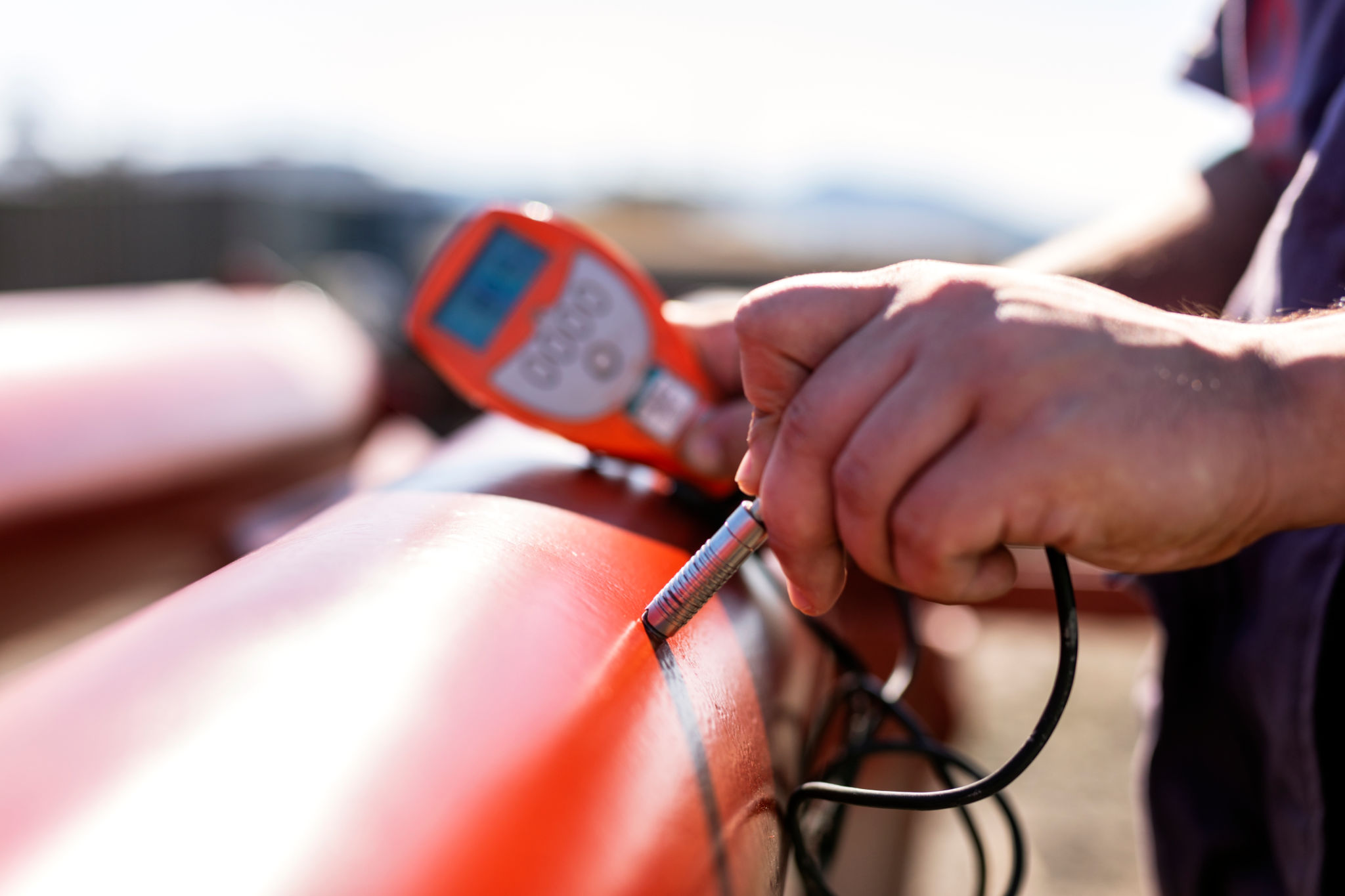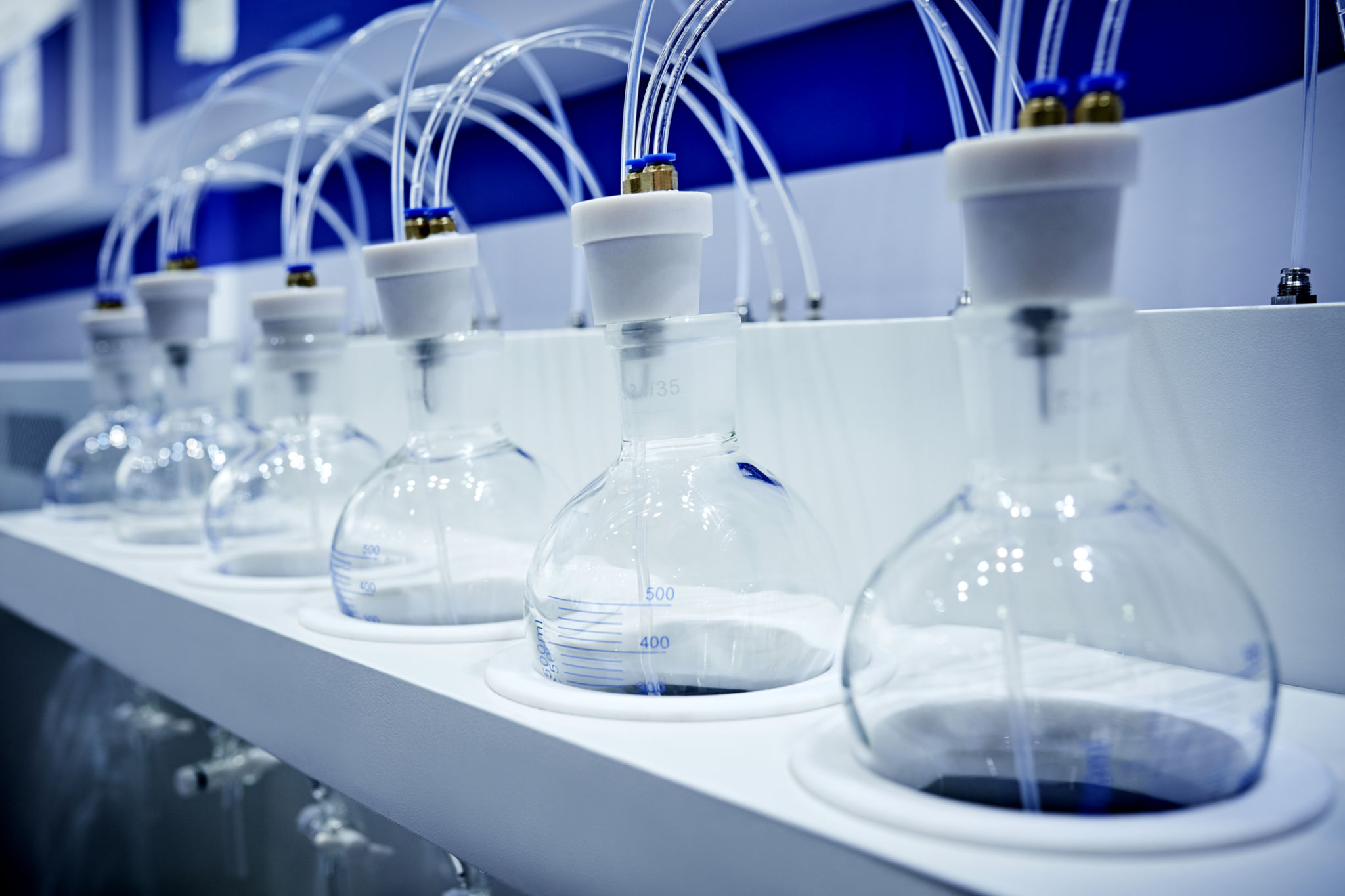Comparing Different Coating Inspection Methods: Which is Best for You?
Understanding Coating Inspection Methods
Coating inspection is a crucial process in ensuring the longevity and performance of protective layers applied to various surfaces. With a range of methods available, choosing the right one can be daunting. Each method has its unique advantages, limitations, and applications. This guide will help you navigate through some popular coating inspection methods to determine which might be best suited for your needs.

Visual Inspection
Visual inspection is the most straightforward and cost-effective method. It involves a thorough visual examination for any obvious defects such as bubbles, cracks, or uneven coating. While it provides immediate results, it relies heavily on the inspector's experience and expertise. This method is ideal for initial assessments but may not reveal underlying issues.
For organizations looking for a quick assessment, visual inspection offers a practical solution. However, it should ideally be supplemented with more advanced techniques for comprehensive analysis.
Ultrasonic Thickness Measurement
Ultrasonic thickness measurement is a non-destructive testing method that uses high-frequency sound waves to measure the thickness of coatings. This technique is particularly useful for assessing coatings on steel and other metals where precision is critical. It provides an accurate measurement without damaging the coating.

This method is favored in industries where maintaining the integrity of the coat is crucial, such as in pipelines or structural steel. While highly effective, it requires specialized equipment and trained operators.
Eddy Current Testing
Eddy current testing is another non-destructive method that involves electromagnetic induction to detect flaws in conductive materials. This method is excellent for distinguishing between different layers of coatings and identifying surface and subsurface defects.
The major advantage of eddy current testing is its ability to inspect complex shapes and sizes efficiently. It's widely used in automotive and aerospace industries. However, it may not be suitable for non-conductive materials like plastics or ceramics.

Destructive Testing
Destructive testing involves removing a part of the coating to examine its properties or adhesion quality. Methods such as cross-cut tests or pull-off tests fall under this category. While this method provides detailed insights, it results in permanent damage to the test area.
This type of testing is often used during the development phase of a product or when other methods fail to provide conclusive results. It offers a high level of accuracy but at the cost of compromising the inspected area.
Choosing the Right Method
When choosing a coating inspection method, consider factors such as the material type, the environment where the coating will be used, and the level of detail required. Combining multiple methods can often yield the best results by providing a comprehensive overview.
For industries where safety and durability are paramount, investing in advanced techniques like ultrasonic or eddy current testing is advisable. However, for routine inspections or where budget constraints exist, visual inspections coupled with occasional detailed assessments might suffice.

Conclusion
The best coating inspection method depends on your specific requirements and constraints. By understanding the strengths and limitations of each method, you can make an informed decision that ensures both the performance and longevity of your coatings. Always consider consulting with experts to tailor an inspection strategy that aligns with your goals and resources.